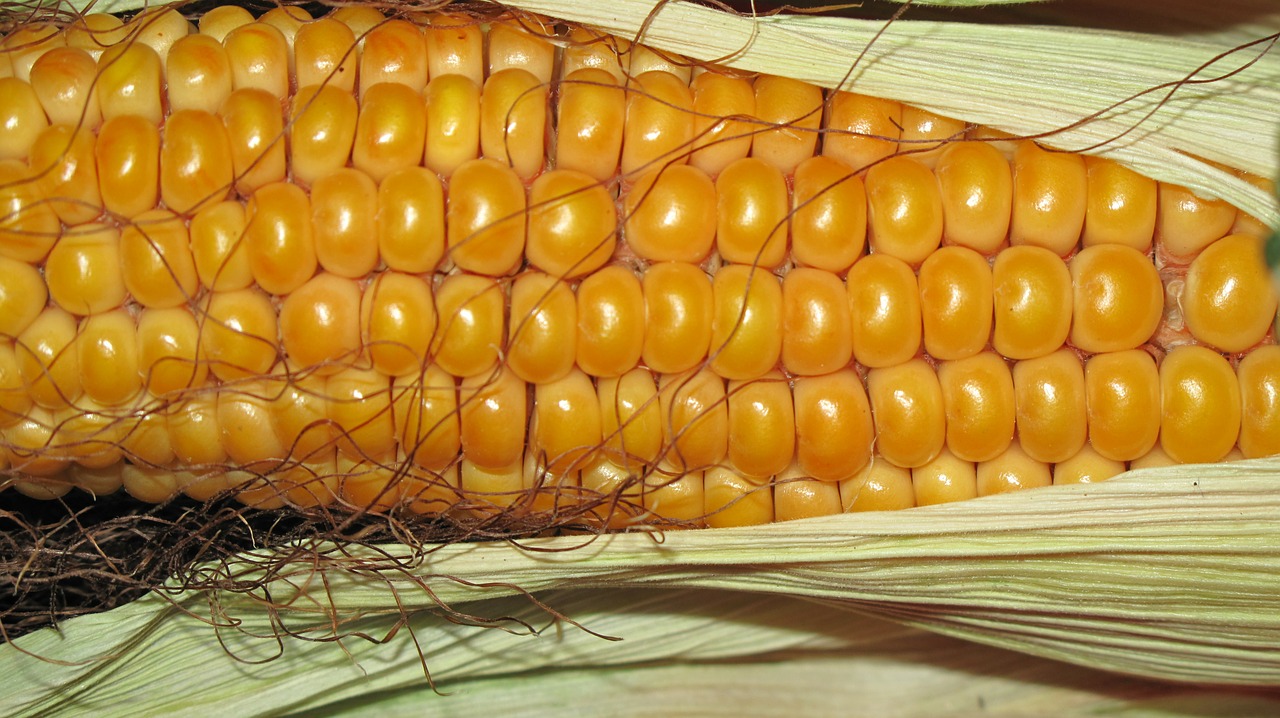
Sanco 10524 (14 July 2015) on Parallel trade of PPP
31 July 2015
EFSA: Data collection on exposure assessment scenarios for operator exposed to pesticides
6 August 2015An order and a guidance document on comparative assessment (Article 50) have just been published in France. Since 01 August 2015, for PPP containing a substance candidate for substitution (CfS) (list of candidates for substitution), information on comparative assessment must be submitted in dRR Part A of the application if France is the zRMS and in a National addendum to Part A if France is not the zRMS.
The comparative assessment is carried out in several steps. For each step, the applicant shall give detailed information as defined by the French Ministry of Agriculture’s Order.
-
Preliminary step: For PPPs containing CfS but where it is necessary to acquire experience first through using that product in practice, the comparative assessment will not be implemented. The authorisation will be granted once for a period not exceeding five years. For instance:
-
new PPPs containing a new active substance approved under Regulation (EC) No 1107/2009 and a candidate for substitution,
-
a new active substance/use combination,
-
a significant advance enabling exposure to be reduced (e.g. formulation type),
-
a new combination of active substances having real agricultural advantages or enabling the authorised doses to be lowered.
-
For applications not falling within the framework mentioned above, a comparative assessment shall be carried out for every use in the application.
-
Step 1: Taking into account minor uses, resistance management, regulated pest control measures
-
Minor uses: potential consequences of substitution for the major uses on the minor uses of the product;
-
Resistance management: number of modes of action available for a use and/or role of the candidate substance in the resistance management strategy;
-
Regulated pest control measures: information if the PPP is a significant component of the strategy for controlling a regulated quarantine pest or a pest subject to mandatory control measures.
-
-
Step 2: Comparison with other available solutions
-
Identification of other available solutions for the specified use (non-chemical prevention or control methods and other authorised PPP);
-
Practical and economic disadvantages of other available solutions;
-
Efficacy of other available solutions.
-
-
Step 3: Comparison of risks to Human or animal Health or the environment
-
first, criteria that led to the status of candidate for substitution;
-
if necessary, complete risk profiles and risk management measures.
-
The comparative assessment will conclude for each specified use if substitution is considered or not. Substitution will be considered if there is a non-chemical prevention or control method or an authorised PPP, identified at the end of step 3, that is significantly safer for human or animal health or the environment.
French Order (23/07/2015): Arrêté_20150731.pdf
Anses Guidance document (31/07/2015, English): DAMM-DocumentGuide EvaluationPPPv1EN.pdf
Lynxee consulting’s team is very much involved in comparative assessment and can prepare this assessment for you.


